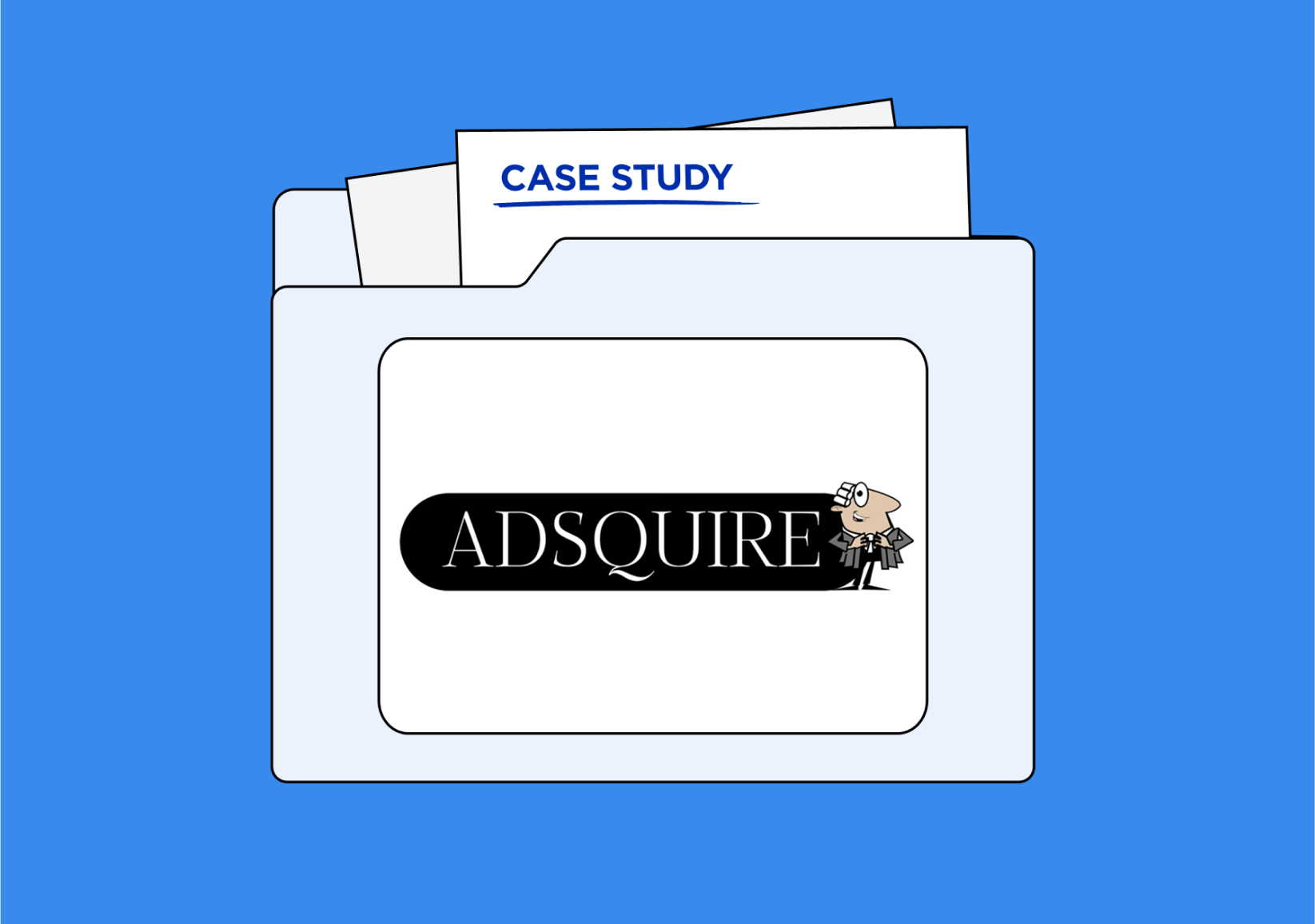Cross-selling is an important strategy for maximizing the value of your customer base. It’s a practice similar to upselling, but it has some distinct differences.
Upselling is about persuading the customer to buy a higher-priced version of a product or service they’re already using. Sometimes, this happens at the original point of sale, though it can also be a follow-up process.
Imagine a digital product with a free plan and several paid plans. A customer might join as a free user and get an email explaining the benefits of the different paid plans. Or, after making a few support calls that suggest they want to do more with the product, the customer gets a call from sales explaining why a paid plan would be more appropriate.
Cross-selling is more horizontal than vertical. When you cross-sell, you suggest an additional product or service based on the customer’s success with or interest in a related product.
Say you’re a software-as-a-service (SaaS) company with a customer relationship management (CRM) tool that a customer loves. Your project management tool has a similar interface and integrates with the CRM, which you know would save the customer time, so you cross-sell that product.
How cross-selling helps your business
Like an upsell, a cross-sell helps your bottom line and strengthens your customer relationships.
It increases your profit margin
You may have heard, as is mentioned in an Invesp blog post, that it’s five times more expensive to acquire a new customer than to retain a current one. Every cross selling success earns you the revenue of a sale, without the expense of marketing to a new customer.
It improves customer engagement
An engaged customer has a positive emotional connection with a business, and that connection encourages them to spend more. In fact, according to Gallup research, fully engaged customers are 23% more valuable than their disengaged counterparts.
Given good sales techniques, cross-selling can deepen the conversation and strengthen the relationship between your company and an individual buyer. The key is to make it a back-and-forth conversation, with the sales rep asking plenty of questions to find out which related product might be a good fit.
It increases customer lifetime value (CLV)
Customer lifetime value, or CLV, is the profit you earn from a single customer across their entire relationship with you. The more you cross-sell, the greater your average CLV.
Cross-selling is a particularly impactful CLV element for subscription businesses. With one conversation, you can add another monthly payment to your recurring revenue from that buyer.
It boosts customer satisfaction
In today’s market, Salesforce reports that 66% of buyers expect companies to tailor their offers to the customer’s needs. When you notice something that might benefit your customer and you point it out, that customer interprets that interaction as personalized attention.
How your customers benefit from cross-selling
Every cross-selling opportunity is a chance to serve your customers better — to meet more of their needs and make their lives easier. When you focus on that, you can boost customer loyalty and retention alongside your revenue.
They benefit from the cross-sold product or service
The perfect cross-selling example involves a customer who isn’t aware of an additional product that could help them. You point it out and the customer makes the purchase. You’ve addressed a need without the customer having to lift a finger.
They see more value in your company
Every time you solve another pain point for a customer, your value to them increases. They can now turn to you for two of their needs instead of just one — or three instead of two, and so on. That makes you more valuable because you’re now more of a one-stop shop.
The customer experience improves
At their core, upselling and cross-selling are types of customer service. The customer needs something that you can provide, and you show them how to get it.
Top cross-selling techniques
If cross-selling isn’t already a part of your sales training program, now’s the time to add it. Teach your team how to follow these best practices for cross sell opportunities, and help them to apply each one in relevant ways.
Personalize your product recommendations
Before you act on a cross-sale opportunity, identify the ways the related product or service would solve a problem or meet the customer’s needs, then build your sales pitch around those benefits. Think, “This new software would help you reach your goal targets,” rather than, “We think you’ll love this software.”
Make logical connections
By definition, cross-selling is about making a connection between a product that a customer already uses and one that would benefit them to try. Making this connection helps suggestive selling feel more like help and less like sales.
Create product bundles
One classic cross-selling personalization strategy mentioned in a Wayne State University dissertation is to bundle related products together. Offer two products that the customer could buy separately, priced lower than what it would cost to buy each separately. It’s a sale, but it feels like a bargain.
Gather information from past conversations
Every time you have a conversation with a current customer, make a note of the needs and pain points they express. Any one of those issues could inspire a cross-selling strategy.
To get this kind of information, sales teams need to stay in close contact with customer support. A sales rep might not know the subject of a customer service call, but they can find out by checking the call recordings or transcriptions.













